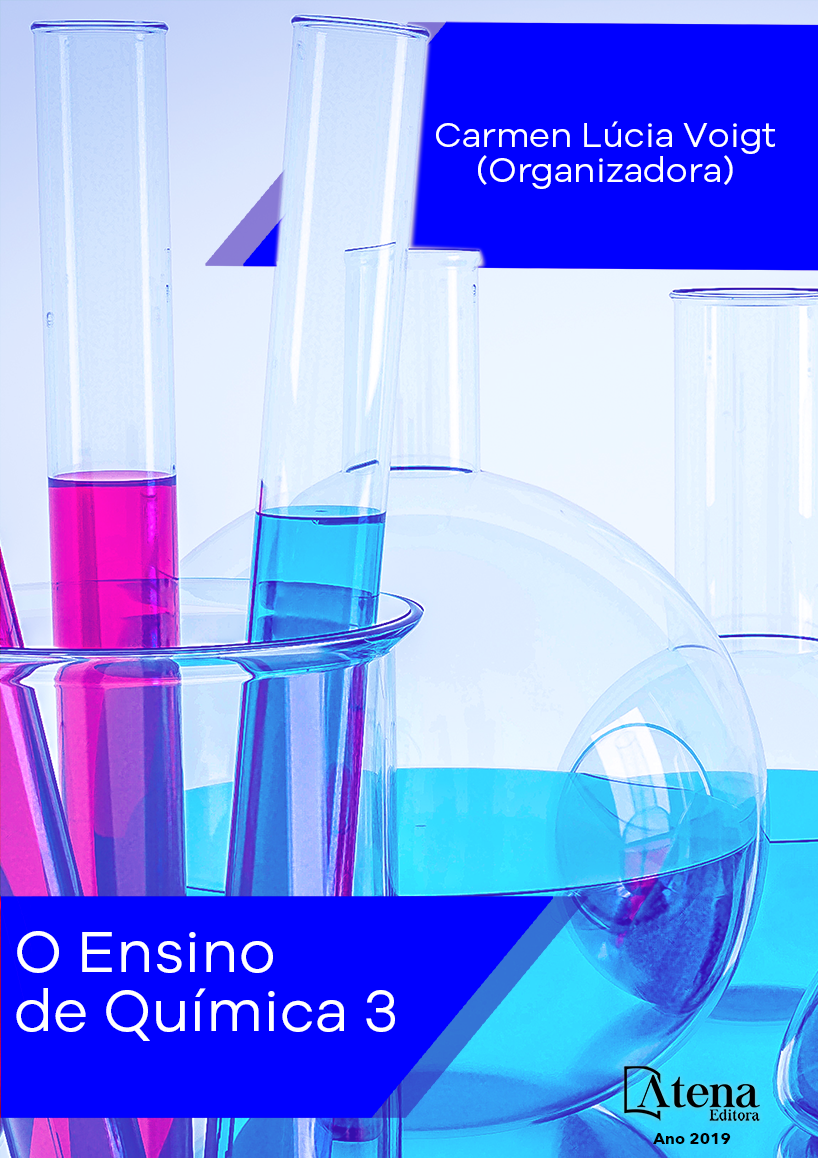
DESENVOLVIMENTO DE METOLOGIA DE ANÁLISE PARA QUANTIFICAÇÃO DO PRODUTO ÁCIDO FÓRMICO POR CROMATOGRAFIA GASOSA DA REAÇÃO DE GLICEROL CATALISADA POR COMPOSTOS DE NIÓBIO EM FLUXO
O grande avanço das indústrias
têxteis no Brasil e no mundo vem gerando uma
grande preocupação em relação aos efluentes,
com alta concentração de corantes, lançados
nas águas superficiais. Pensando nisso, este
trabalho visa utilização do resíduo agroindustrial
de palmito pupunha (Bactris gasipaes) in natura
e após colonização fúngica, com Lentinula
edodes. Este biossorvente foi usado para
remoção do corante Vermelho Reativo 4B de
efluente bruto disponibilizado pela Krindges
Industrial. Foram realizados testes para verificar
o melhor pH de adsorção destes biossorventes
e ambos apresentaram melhor resposta em
pH 2,0. Após, realizou-se a cinética obtendo
um tempo de equilíbrio de 400 min, o modelo
cinético seguido foi o de pseudo-segunda ordem
para o biossorvente in natura e o modificado.
Realizou-se os modelos isotérmicos e obtevese
o modelo de Freundlich para o biossorvente
palmito pupunha in natura e também para o
modificado com Lentinula edodes. Os estudos
termodinâmicos mostraram melhor adsorção
em 45 ºC. A aplicação do biossorvente no
efluente bruto, mostrou que após quatro ciclos
foram obtidas porcentagens de adsorção de
93,4 e 94,3 %, para biossorvente in natura e
modificado com o fungo Lentinula edodes,
respectivamente.
DESENVOLVIMENTO DE METOLOGIA DE ANÁLISE PARA QUANTIFICAÇÃO DO PRODUTO ÁCIDO FÓRMICO POR CROMATOGRAFIA GASOSA DA REAÇÃO DE GLICEROL CATALISADA POR COMPOSTOS DE NIÓBIO EM FLUXO
-
DOI: 10.22533/at.ed.91319260414
-
Palavras-chave: vermelho 4B, corante têxtil, palmito, adsorção, Lentinula edodes
-
Keywords: Red 4B, textile dye, palm, adsorption, Lentinula edodes.
-
Abstract:
The significant advance of textile
industries in Brazil and the world has been
resulting in a considerable concern regarding
their effluents, having high concentrations
of dyes and discharged into surface waters.
In this context, this paper aimed at using the
agroindustrial residue of palmito pupunha
(Bactris gasipaes) in natura and after the
fungal colonization with Lentinula edodes.
This biosorbent was used to remove Reactive
Red dye 4B from crude effluent available
for Industrial Krindges. Testicular tests were
performed to verify the best adsorption pH of
these biosorbents and both presented better
response at pH 2.0. After, the kinetics were
obtained obtaining a time of equilibrium of 400
min, the kinetic model followed by a pseudosecond
order for the biosorbent in natura and the
modified. The isothermal models were obtained
and the Freundlich model was obtained for the
biosorbent palmito pupunha in natura and also
for the modified one with Lentinula edodes.
Thermodynamic studies show better adsorption
at 45 ° C.After performing the physicochemical
tests, a raw effluent from the textile industry was
used in one cycle, then after four cycles, removals of 93.4 and 94.3% for the biosorbent
in natura and the one modified were obtained, respectively.
-
Número de páginas: 15
- Gabriela Santos Caldeira
- Poliane Chagas
- Tarsis Vinícius Meira Santos
- Stephanie Vertelo Porto
- Luiz Carlos Alves de Oliveira
- Patterson Patrício de Souza


